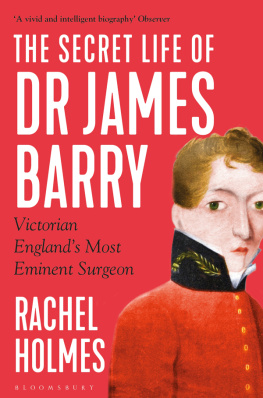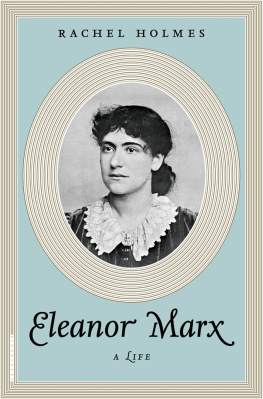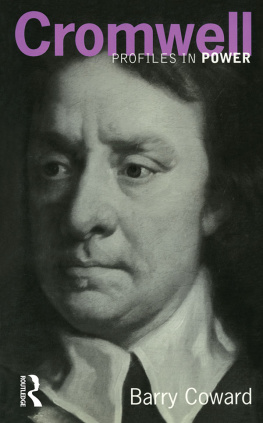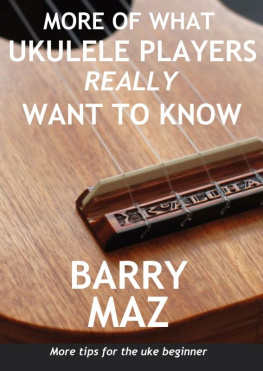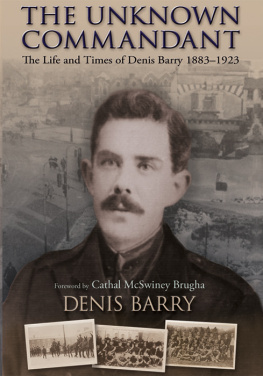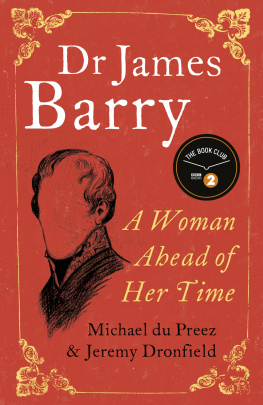
RACHEL HOLMES is the author of Sylvia Pankhurst: Natural Born Rebel, Eleanor Marx: A Life and The Hottentot Venus: The Life and Death of Sarah Baartman. She is co-editor of Fifty Shades of Feminism and I Call Myself A Feminist.
BLOOMSBURY PUBLISHING
Bloomsbury Publishing Plc
50 Bedford Square, London, WC1B 3DP, UK
BLOOMSBURY, BLOOMSBURY PUBLISHING and the Diana logo are trademarks of Bloomsbury Publishing Plc
First published in Great Britain by Viking in 2002 as Scanty Particulars
This paperback edition published in 2020
This electronic edition published in 2020
Copyright Rachel Holmes, 2002
Rachel Holmes has asserted her right under the Copyright, Designs and Patents Act, 1988, to be identified as Author of this work
All rights reserved. No part of this publication may be reproduced or transmitted in any form or by any means, electronic or mechanical, including photocopying, recording, or any information storage or retrieval system, without prior permission in writing from the publishers
Every reasonable effort has been made to trace copyright holders of material reproduced in this book, but if any have been inadvertently overlooked the publishers would be glad to hear from them.
For legal purposes the constitute an extension of the copyright page
A catalogue record for this book is available from the British Library
PB: 978-1-4088-9157-5; EBOOK: 978-1-4088-9156-8
To find out more about our authors and books visit www.bloomsbury.com and sign up for our newsletters
BY THE SAME AUTHOR
Scanty Particulars
also published as
The Secret Life of Dr James Barry
The Hottentot Venus: The Life and Death of Sarah Baartman
Eleanor Marx: A Life
Sylvia Pankhurst: Natural Born Rebel
CONTENTS
There are no pronouns in the English language as complex as I am.
Leslie Feinstein
Dr James Barry was transgender before the term was invented. This fact is not recent news. Dr William McKinnon, James Barrys personal physician, knew some hundred and fifty years ago that the claim made on Barrys death, that he was a female was a misconception. As McKinnon, like Barry a skilled military surgeon, put it, James was neither simply a male or a female. Or in other words, if they had existed in the 1860s, Dr Barry was non-binary.
In a world that is currently shy of facts and short on compassion, this is an inconvenient truth to those who continue to assert that Dr James Miranda Barry was by anatomy female, by gender a woman and cross-dressed in pursuit of professional ambition and personal happiness. This charming but harmful myth was long ago dispelled by evidence-based science and medical history.
It can happen that a book, unlike its authors, grows younger as the years pass, wrote John Berger in the introduction to the new edition of one of his works, first published thirty-five years earlier.years-ago I set out to write the biography of Dr James Miranda Barry, investigating the true story behind the intriguing and colourful legend about Victorian Britains most controversial surgeon, born in Ireland, apparently a girl, named Margaret Bulkley.
I undertook my research in the closing decade of the twentieth century. At that time, the terms non-binary and transgender were confined to the outrider section of what was regarded as a minority queer vocabulary. Today, these descriptions are part of everyday language. It is perhaps a little shocking to remember that even as recently as the twilight of the last century, there was a widespread belief that sex was fixed and gender fluid, rather than the other way around. I have always argued that socially gendered behaviour is far more rigid and culturally ingrained than the constantly evolving human body, altered every generation by medical and scientific interventions.
I was encouraged in this endeavour by Roy Porter, one of Britains finest historians, of medicine and psychiatry in particular. For years I liked to think that I owed the discovery of the truth about Barry to my own distrust of cultural myths that work in the interests of conventional and reactionary thinking about sex, gender and human identity and desire. With typical generosity, Porter allowed me to think I had got there on my own, but the fact is that I owe so much to him. Roy urged me to dig deep, dispense with all received opinion, and instead focus forensically on the medical archive and Dr Barrys own work. This led me to investigate James Barrys MD thesis at Edinburgh Medical School written in Latin, De merocele vel hernia crurali (An Inaugural Medical Dissertation on Merocele or Femoral Hernia). I also explored Barrys own obsession with gynaecology and obstetrics, and his determination to become a surgeon.
Transgender was a term unavailable to James Barry. Brought up as a girl, because that was how his pre-adolescent body presented, Barry knew, by negative definition, that he was not a woman societys shorthand for the half of the species that is anatomically female, reproductive or otherwise. Searching for a positive self-definition and understanding was Dr Barrys life quest. And following in his footsteps across three continents; it was the journey of this book.
Despite all the evidence to the contrary, some still persist in claiming that Dr Barry was female. Moreover, this is done without pause for consideration of the pain and offence this causes to other people. The assertion that Dr Barry was a cross-dressing woman is a seductive cultural fantasy based on the desire for neat solutions and stable sexual objects. Unfortunately for those who like their genders binary and bodies to be one of only two sexes, real life does not always comply. Both many feminists and their patriarchal opponents choose the story of a female would-be medic, driven to subterfuge by ambition and constraint. Whatever the motives behind that ripping yarn, it remains one of pure fiction. I find the true tale even more compelling.
Celebrated actor Charlize Theron gives short shrift to the transgender denialists. Dr James Barry spent many
When this book was first published, I encountered laughing dismissal and even outright hostility, from those who pooh-poohed even the suggestion that Margaret Bulkley/James Barry was not born female pure and simple. They were convinced that if only society would allow her, Dr Barry would have shed the mens britches and breast bindings at the first opportunity, and rushed back into petticoats and frocks to perform her pioneering surgery. Any assertion to the contrary, I was warned, was a betrayal of legitimate feminist history. Conversely, I found that medics, scientists and transgender activists engaged very differently. Summoned to give a lecture about Dr Barry at the Royal College of Surgeons, I approached the august entrance in Lincolns Inn Square with great trepidation. The event was a revelation. Surgeons, endocrinologists and gynaecologists engaged with Dr Barrys personal case history, as well as his medical research and scientific innovation. With the greatest patience and enthusiasm, the assembled practitioners explained in some detail, drawing on my own evidence, why, if anything, I had been too modest in stating my findings in the book.
The Friends of Millbank, Royal Army Medical Corps, proved loyal and supportive friends indeed to Dr James Barry, proud of his legacy and membership of their ranks.
To my delight, there is now an entire discipline of James Barry studies, an interconnected global network of academics, historians and scientists who continue to develop our knowledge. Ann Heilmann is the leading expert of this progressive intellectual movement. I urge all with an interest in Dr Barry to read Heilmanns superb Neo-/Victorian Biographilia and James Miranda Barry: A Study in Transgender and Transgenre James Barry understood the role of human languages of voice, of the body and of writing - in creating himself. His brave, adventurous quest for self-discovery beyond the boundaries of given definitions is one of the most exciting and inspirational themes of his life story.
Next page
